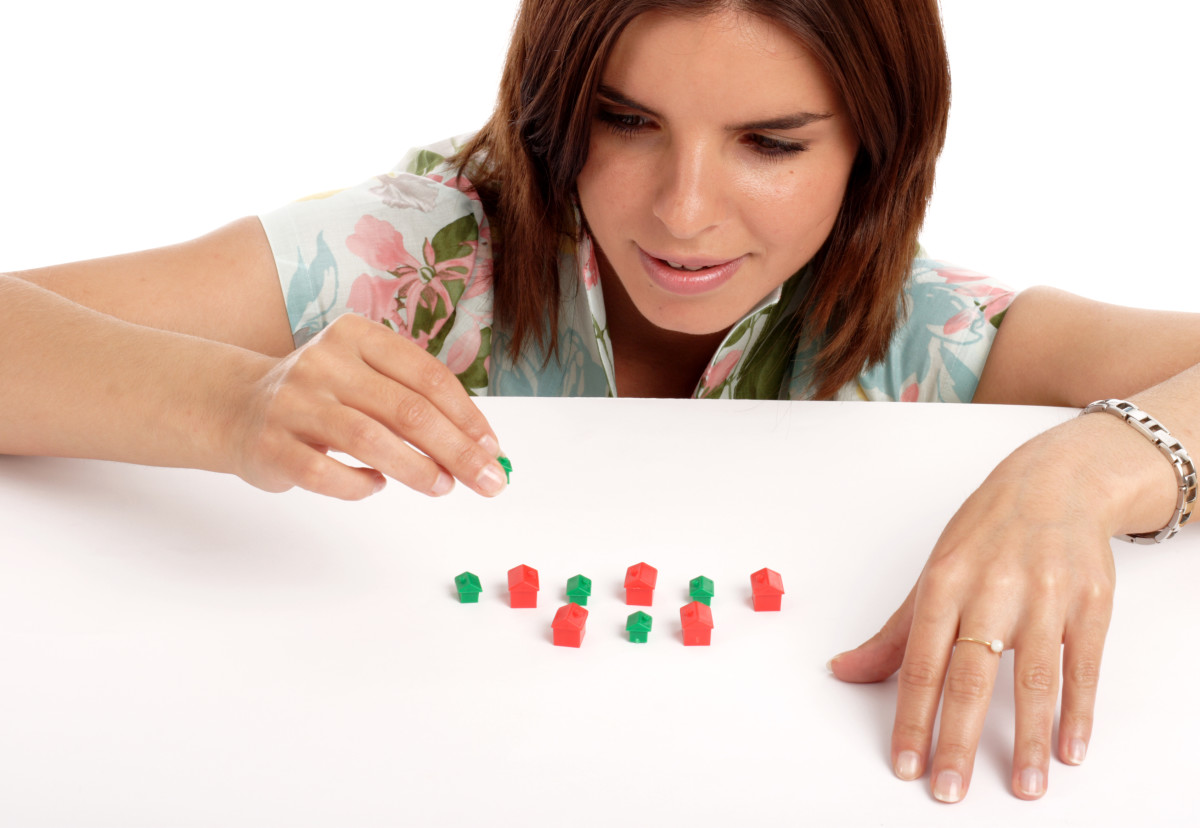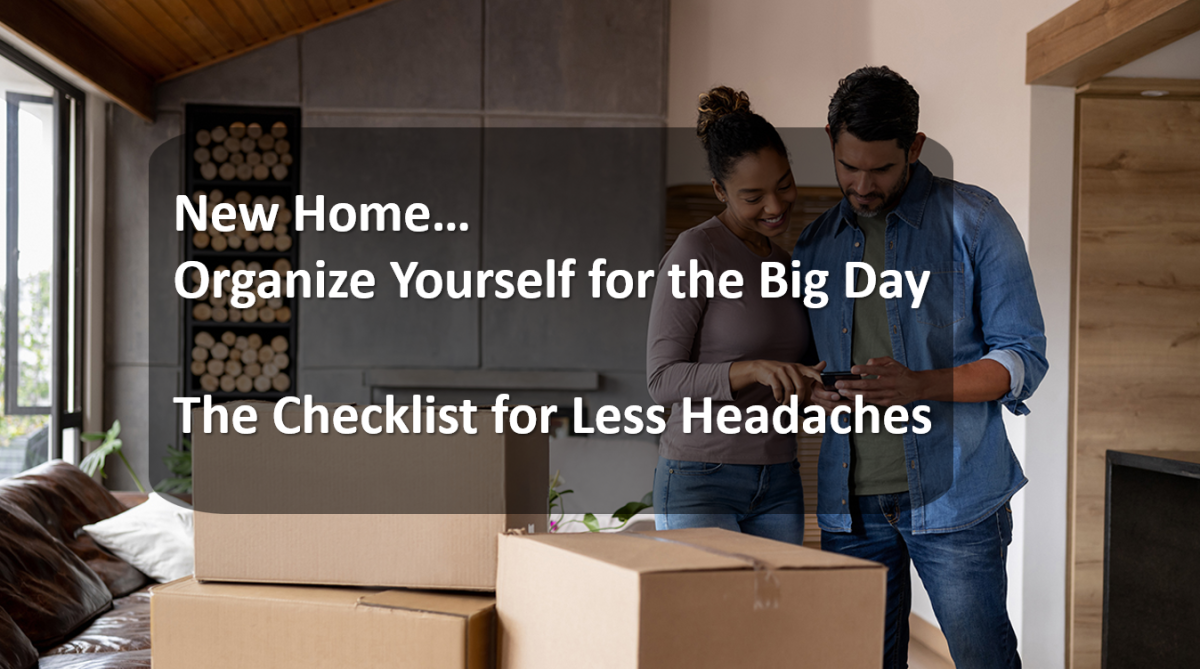Preparing a House for Selling and Moving
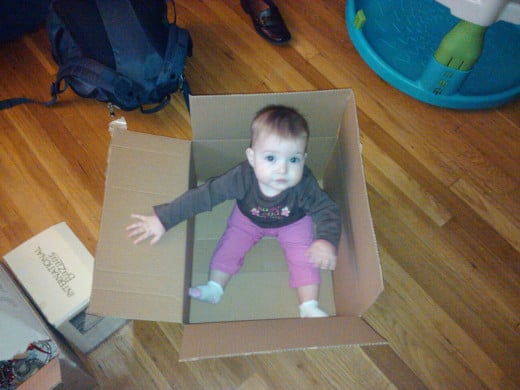
Assess the Condition of Your House
Pretend you are a buyer and walk around your home using a critical eye. Take notes as you look around. Be honest with yourself - the folks who are about to traipse through your home are most likely going to be even more judgmental than you. What maintenance and repairs have you overlooked lately?
On the interior:
- Are the walls and ceiling clean, or are there finger smudges and cobwebs?
- How does everything smell - musty and dusty or fresh and airy?
- Is there peeling, cracked, chipped, or faded paint in any rooms?
- Is there any wallpaper or paint that a good number of people may not like?
- Are the carpets matted or stained anywhere?
- Are there any cracked tiles?
- Can you easily navigate through the rooms or might someone brush against the furniture if they don't choose their path carefully enough?
- Are there any trip hazards?
- How cluttered are the window sills, shelves, and other flat surfaces?
- Is there anything besides furniture and area rugs on the floor?
- How many personal photos are on the walls and tables?
- Is there sufficient lighting in each room?
- Are all appliances and utilities in working order?
- Are any rooms particularly drafty?
- Is anything leaking, even if only on occasion?
- How old are the kitchen and bathroom(s)?
On the exterior:
- Is your siding peeling, cracked, moldy, or otherwise dirty?
- Are the window frames rotting away?
- How does your roof look?
- Are all gutters properly attached?
- If you have grass, is it green and trimmed?
- Do any garden beds have any weeds?
- If you have bushes or hedges, are they trimmed?
- Is all plant life in good health?
- Is there any debris in your yard?
- Are all porches, patios, and decks clean, level, and sturdy?
- Is your house to code (e.g. could there be possible issues that come up during inspection related to fire hazards, plumbing/sewage issues, foundation issues, etc)?
Be sure to write down all issues you see, even those that you know you cannot fix yourself and that you cannot afford to hire someone to resolve. If you are planning on hiring a realtor or other real estate professional, be prepared to do this again with them when you think you are ready to list. They will find more items that you overlooked.
Set a Budget and Prioritize Repairs
If you are anything like most homeowners, AND you were honest and critical regarding your home's current state, you will come up with a very long laundry list of items that could use some sprucing up.
However, here is where you're likely to feel overwhelmed. Here is the good news: you don't have to do everything on this list! But how do you figure out what should be done?
Step 1: Find all the stuff on your list that you can do yourself for free or for a negligible cost. Those are the items you will get out of the way first.
Step 2: Find items on your list that you think would be "deal breakers" for most buyers - e.g. a leaky roof or faucet, missing necessities such as a working shower or toilet, or fire hazards such as incorrect electrical wiring. If resolving the issue fits in your budget, then do it, otherwise discuss options with your realtor later on. Perhaps you can go the way of offering a credit at closing towards the repair or reducing your list price.
Step 3: If you still have room in your budget, pick some of your favorites from your list. Also get advice from friends and family as to what they think are good items to work on.
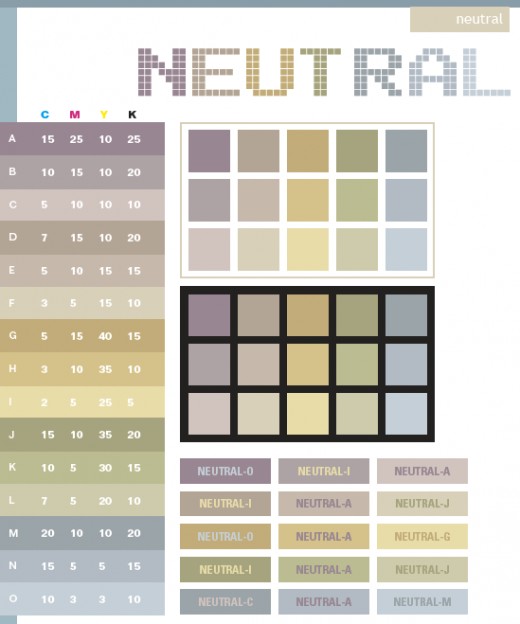
Tips for Maximizing Your Budget
- Paint generally gets the most bang for your buck. For $25-50 you can transform and freshen up a room yourself, or for a few hundred dollars, you can even paint the exterior yourself. Make sure you get a few good quality brushes and a proper ladder. Pick bright neutral colors to appeal to the most buyers - Before you dive in, though, you likely need to do some spackling and/or patching to smooth out the walls and eliminate cracks and holes.
- Decluttering is generally free and will make your packing much easier, as well as making your domicile more appealing - and will also make it appear larger.
- Cleaning your house is also free. Cobwebs and dust bunnies, in addition to making your house look dirty, tend to make a house look smaller and darker. A sparkling clean bathroom and kitchen will appear newer to buyers than a dirty one.
- Weeding and neating up your garden is more sweat equity - don't neglect your yard!
- Furniture covers can be an affordable way to change the look of a room if your furniture is looking a bit old and worn. Even if the furniture is not going to come with the house, worn or stained furniture is off-putting and projects negatively onto the rest of your space.
- Have an outdated kitchen or bath? Rather than spending a ton of money renovating, you can replace the cabinet hardware (that's the handles and knobs) to help update the look. Depending on your cabinet's material, you may also be able to paint or refinish them yourself, as well - white is always a safe choice.
- You can probably replace outdated appliances in your kitchen for less than you think. If you have the money to spend on this, you will likely get your money back in your house sale - first time homebuyers tend to over-estimate the cost of appliances and tend to not have enough liquid assets at closing to replace them immediately, so doing it upfront for them will make them find your house much more appealing and affordable.
Packing Your House: Stage 1 - Decluttering!
Decluttering kills two birds with one stone - you are packing AND you are staging your house to make it market-ready.
Go room by room and find items that you don't need for the next few months, even including wall décor. Leave only one or two items on each wall and remove the rest. Remove all personal photos (even if you think they look nice, your Realtor will make you do the same - guaranteed). Example items to declutter include books, movies, toys, trinkets, seasonal items, specialty appliances you generally don't use often (e.g. a standing mixer, ice cream maker, waffle iron), and clothing. Look through your cabinets and drawers, as well as those in the open, because any space you can free up for storage can help you further declutter - you can now put items that you still need to use occasionally out of sight.
As you find items to declutter, sort them into two categories: sell/donate and keep. Pack the items you want to keep for the next house, and start a sell/donate pile somewhere in your house (a basement or garage is a good choice). Consider selling or donating items that take up a lot of room but don't cost a lot of money - you may end up saving money in the long run because you will save in the cost of moving the item.
Having trouble finding items to sell or donate? Use these guidelines:
- have you used the item in the last year, or was it just sitting in a drawer or on a shelf?
- do you picture using the item within a few months after you move?
- do you have a duplicate or similar item?
- will you replace it with a similar item once you move, in order to better fit your new living space or to upgrade?
- will you miss or even notice the item once it is gone?
After you have finished rooting out the unnecessary items, go around again and find items which are usually stored out in the open. Assess if they can now get put in your cupboards, cabinets, and drawers with your new-found space. Remember - even if it takes you an extra step each day to take it out before using it (and then putting it back when you're done, of course), you're only doing this for a few months to make your house sell faster and for more money!
Packing Tip!
When packing fragile items, use clothing, linens, stuffed animals, and spare packing supplies to wrap them before placing them in a box. Avoid wasting your budget on packing supplies!
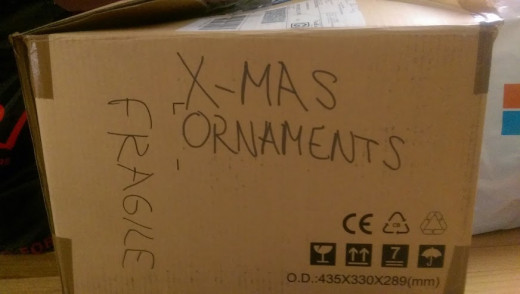
Packing Your House: Stage 2 - Putting Things in Boxes
At first glance, you may think, "okay so I put my stuff in boxes... what's there to know?" However, how you pack will greatly impact how much time and effort it takes you to unpack.
- If you already know where you are moving to, group items together that will be put in the same spot in your new house, even if they aren't together at your current home. This will take a small effort upfront but will pay off later since it will save you a lot of time unpacking later.
- If you don't yet know where you are moving, label each box clearly with the contents. Chucking a bunch of stuff from your closet and labelling it "closet" doesn't help - maybe it won't go into a closet in your new home. A clearer label may be "boots" or "toiletries" or "X-mas decorations" for example.
- Once you do know where you are moving, label each box according to the room it will go to, such as "master bedroom" or "dining room." Write the label on the top and two sides so it's easy to see. This will save you a lot of time on moving day, and if you hire movers, this means saving a lot of money
- Make sure you label any box with breakable items as FRAGILE on the top and sides.
- When packing heavier items, periodically check the weight of the box to ensure you can still lift it. If the box is getting too heavy, but it's not yet full, fill the remaining space with lighter items such as pillows or bed linens.
Staging Your House: Rearrange Furniture
After you've cleared a good amount of clutter, it is time to move some of your furniture around. Here's why:
- If it's difficult to navigate through an entire room, the room will feel smaller to prospective buyers
- Too much furniture in a room can make a room look smaller
- Larger pieces, such as dining room tables and sofas, can be positioned in ways that give optical illusions - i.e. they can make a room appear much larger, smaller, longer, wider, etc. depending on their positioning.
Your furniture's current position was likely determined based on utility first (or, how you use it), and aesthetics (how it looks) second. Priorities need to be switched when listing a home. Maybe you liked your sofa where it was because it was right in front of the TV - but now you may need to move it a bit because it was crowding the door. Or maybe you had an easy chair in your den that you absolutely love, even though it makes the room kind of tight. Guess what? It's time to relegate it to storage until you sell. Sorry, easy chair - we'll see you on the flip side.
After decluttering, you may find that your rearranging options have opened up. If you packed up a bunch of books in the spirit of decluttering, you'll now have an empty shelf. Consider storing that somewhere out of sight, as well, or moving it into a room that is almost void of furniture. If you packed up or sold a bunch of toys, there may be an empty corner or two that allows you to spread out the existing furniture.
Staging Your House: Time for a Deep Clean
Even if you typically keep a pristine home, with all of the projects you did, the stuff you packed, and the furniture you moved, there will be something that looks icky. It's time for a thorough cleaning.
- Scrub all grout lines in the kitchen and bathroom(s)
- Remove grease build-up in kitchen ranges and backsplashes
- Wash your walls (I recommend a Magic Eraser®) to remove scuff marks, finger prints, and other stains
- Remove all cobwebs in ceiling corners
- Vacuum, sweep, and mop all floors as needed
- Wash all windows, both inside and outside. This will allow maximum light to come into your home.
- Dust everywhere, including window coverings. Imagine a buyer lifting a curtain, only to get a plume of dust in their face.
- Focus on hard-to-reach places that you probably usually ignore, like behind the toilet, under the sofa, on the stairs, etc.
Things to Continue Doing Before You Move
- Stop buying in bulk or stocking up. Normally, it's a good idea to buy massive amounts of toilet paper, cleaning supplies, or paper towels, but this is only taking up room in your home and you'll simply need to pay someone to move it to your next home. Buy only what you think you will need until you move.
- Continue maintaining your home. If it's still on the market, you'll need to be extra diligent. Weekly items include mowing the lawn, cleaning the bathtub/shower and toilet, and washing/vacuuming/sweeping the floors. Daily items include putting all toys, clothes, and other items away, and wiping down the kitchen countertops. It should only take about 10-15 minutes each day, but it'll be make a huge difference to how buyers view your home.
- If you know you have an upcoming showing, open all the blinds and curtains before you leave, and set the thermostat to a comfortable temperature. If the weather is hot and you have air conditioning, leave it on.
- If you have children, try to enforce a "one toy at a time" rule, where they have to put a toy away before they can take out a new toy.
- Every couple of weeks, do an assessment of the items in your house that have not yet been packed, and determine if you will need them before you move. If not, pack them. This way you will be able to gradually pack up your entire house, rather than trying to do a mad dash in the days before moving day.
Tip for Parents of Young Children!
Plan activities out of your house on weekends during the day (zoo, beach, park, museum - even just the mall). This will keep you out of buyers' hair when they are most likely to view your home, and will also keep your kids from making a big mess all over the house. Be sure to pack a lunch or plan to eat out!




